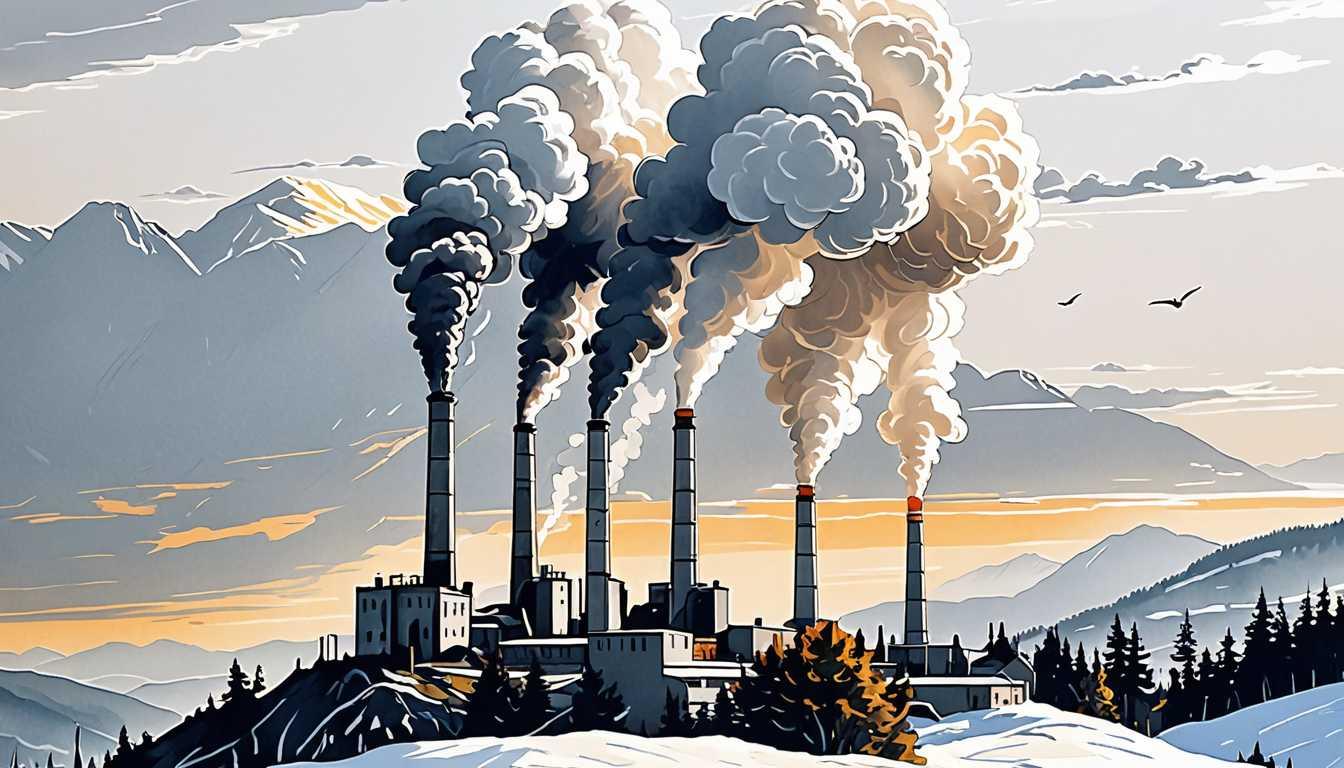Solar Energy: Forests or Panels?
October 2023
Harvard University
Introduction
Harvard Forest researchers have teamed up with Mass Audubon to drop a truth bomb in their latest report: Clearing forests for solar panels? Maybe not so green after all. Their study, Growing Solar, Protecting Nature, dives deep into Massachusetts' solar saga, revealing the environmental irony of cutting down trees—nature's own carbon vacuums—to make room for clean energy. With a mix of humor and hard facts, they argue for smarter solar solutions that spare our precious forests. It's a must-read for anyone who thought going solar was only about soaking up the sun.
READ FULL ARTICLEWhy It Matters
Discover how this topic shapes your world and future
Energizing Our Future Without Losing Our Forests
Imagine turning on your lights, charging your phone, or playing video games, all powered by the sun. Solar energy is a key player in our quest for clean, renewable energy to fight climate change. But what if harnessing the sun's power meant cutting down forests, those same forests that breathe in carbon dioxide, a major greenhouse gas, and give us clean air to breathe? This dilemma is at the heart of a big debate: How do we transition to clean energy like solar power without harming our precious forests and the benefits they offer? It's a global question, touching on the need to balance our energy demands with the health of our planet. For you, it's about the world you're inheriting. How do we make smart choices today that ensure a vibrant, green, and technologically advanced tomorrow?
Speak like a Scholar
Renewable energy
Energy that comes from sources that naturally replenish, like sunlight, wind, and water. Unlike fossil fuels, these sources don't run out or harm the environment when used.
Net-zero emissions
A balance between the greenhouse gases put into the atmosphere and those taken out. Achieving net-zero means we're not adding to global warming.
Geospatial analysis
A fancy term for using technology to collect, display, and manipulate data related to the Earth's surface. Scientists use this to see how things like solar farms affect our planet.
Carbon sink
Anything that absorbs more carbon from the atmosphere than it releases. Forests are great examples because trees suck in carbon dioxide and store it.
Biodiversity
The variety of life in a particular habitat or ecosystem. More biodiversity means healthier, more resilient environments.
Fragmentation
Breaking up large areas of land into smaller pieces. This can harm wildlife and ecosystems, making it harder for nature to function properly.
Independent Research Ideas
The role of urban spaces in renewable energy production
Investigate how cities can use rooftops, parking lots, and other developed areas for solar panels to reduce the need for ground-mounted solar farms.
Comparative analysis of carbon sequestration methods
Dive into different ways to capture and store carbon from the atmosphere, comparing natural methods like forests to technological methods like carbon capture and storage.
The impact of land use policies on renewable energy expansion
Examine how laws and regulations can encourage or discourage the use of renewable energy sources, focusing on the balance between protecting nature and promoting clean energy.
Innovative solar technologies and their environmental footprints
Explore new solar technologies that minimize environmental impact, such as transparent solar panels for windows or flexible solar films.
Biodiversity in solar farm ecosystems
Research how solar farms can be designed to support local wildlife and plants, turning them into biodiversity hotspots instead of ecological deserts.
Related Articles

Revolutionizing Trucking: The Power of Trailers
July 2024
MIT Technology Review

The Hidden Gases of Climate Change Explained
September 2024
MIT Technology Review

Pharma Goes Green: Cutting Carbon by Half
May 2023
Cornell University

Plastic: Climate's Hidden Foe
October 2023
MIT Technology Review

Contrails: The Unexpected Climate Culprits
August 2024
Imperial College London